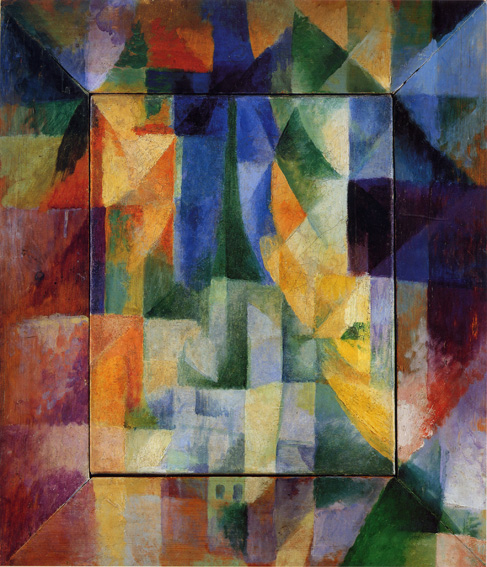
Orphism (art)
Orphism or Orphic Cubism, a term coined by the French poet Guillaume Apollinaire in 1912, was an offshoot of Cubism that focused on pure abstraction and bright colors, influenced by Fauvism, the theoretical writings of Paul Signac, Charles Henry and the dye chemist Michel Eugène Chevreul. This movement, perceived as key in the transition from Cubism to Abstract art, was pioneered by František Kupka, Robert Delaunay and Sonia Delaunay, who relaunched the use of color during the monochromatic phase of Cubism.[1] The meaning of the term Orphism was elusive when it first appeared and remains to some extent vague.[2]
For the ancient Greek religion, see Orphism (religion).The Delaunays[edit]
Robert Delaunay and his wife Sonia Terk Delaunay remained the main protagonists of the Orphic movement. Their earlier works focused on Fauvist colors, variously abstract; such as Sonia's 1907 Finnish Girl and Robert's 1906 Paysage au disque. The former relying on pure colors, the latter on color and mosaic-like brushstrokes painted under the influence of Jean Metzinger, also a Neo-Impressionist (with highly Divisionist and Fauve components) at the time.[4]
Even though Orphism was effectively dissolved before World War I, American painters Patrick Henry Bruce and Arthur Burdett Frost, two of R. Delaunay's pupils, embarked on a similar form of art from 1912 onward. The Synchromists Morgan Russell and Stanton Macdonald-Wright wrote their own manifestos in an attempt to differentiate themselves from the Orphism of the Delaunays.[6]